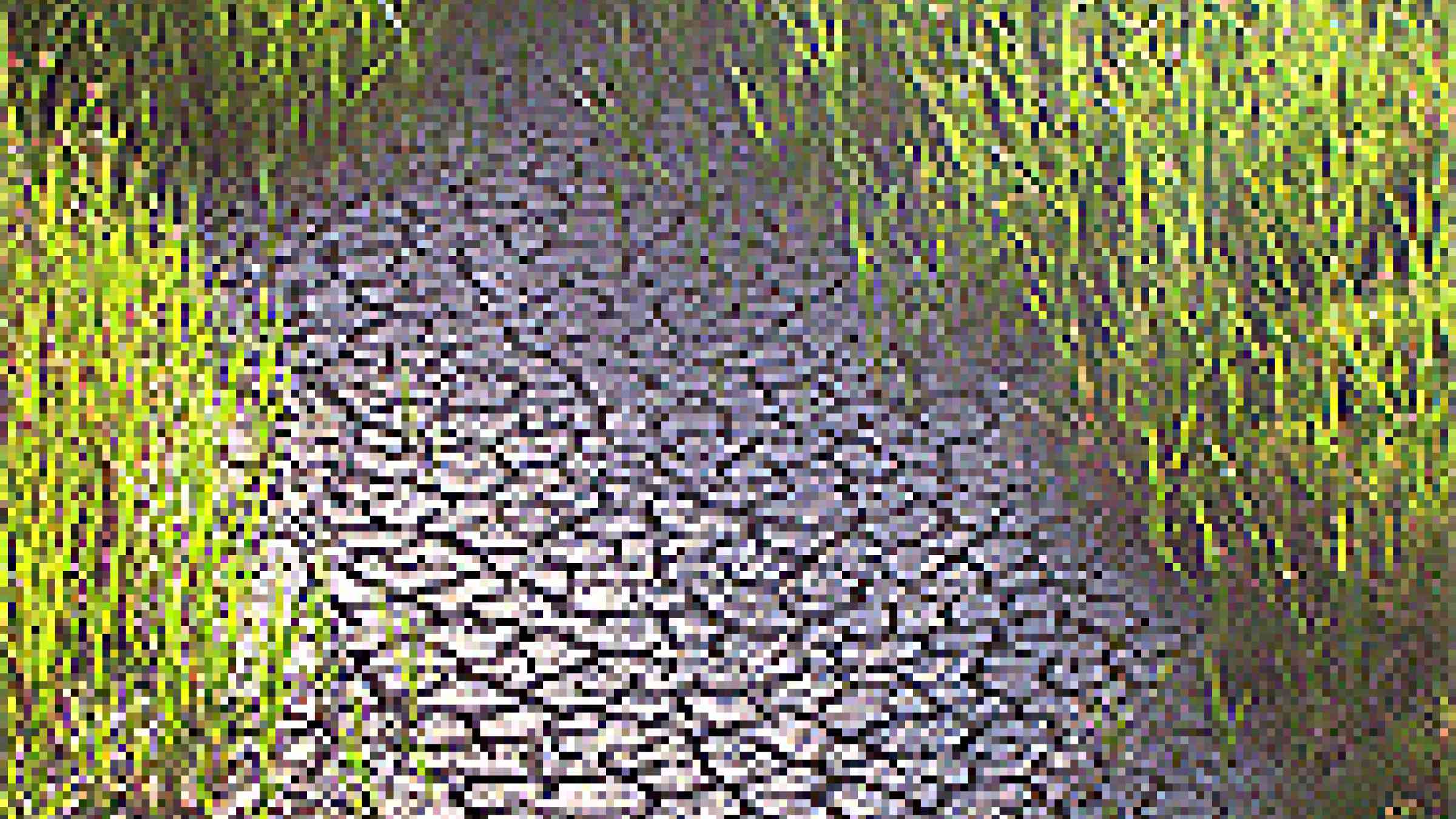Please help us improve PreventionWeb by taking this brief survey. Your input will allow us to better serve the needs of the DRR community.
WMO: Experts agree on a universal drought index to cope with climate risks

Photo by Flikr user Mundoo, Creative Commons Attribution-Noncommercial-No Derivative Works 2.0 Generic
WMO press release no. 872
Copenhagen - With climate change, the frequency and magnitude of droughts are very likely to increase. In the “Lincoln Declaration on Drought Indices”, fifty-four experts from all regions agreed on the use of a universal meteorological drought index for more effective drought monitoring and climate risk management.
Drought is a protracted period of deficient precipitation with high impacts on agriculture and water resources. The experts considered the different types of droughts: meteorological, agricultural and hydrological droughts. Effective monitoring and early warning systems for these three types of droughts require standardized indices.
Experts participating in the Inter-Regional Workshop on Indices and Early Warning Systems for Drought, held at the University of Nebraska-Lincoln, USA, from 8 to 11 December 2009 made a significant step through a consensus agreement that the Standardized Precipitation Index (SPI) should be used to characterize meteorological droughts by all National Meteorological and Hydrological Services around the world.
The SPI is an index based on the probability of precipitation for any time scale using the long-term precipitation record. A drought event begins any time when the SPI is continuously negative and ends when the SPI becomes positive. Early detection of the onset of drought, and its intensity, through the use of the SPI, will help improve crop insurance schemes for farmers and enhance their livelihoods.
The experts decided to undertake a similar, comprehensive review of agricultural and hydrological droughts in order to develop common indices for better early warnings in the agricultural and water sectors.
The same level of drought severity can cause very different impacts in different regions due to the underlying vulnerabilities. Therefore providers of and end-users of early warning systems need to interact continuously. In this regard, coordination between data monitoring agencies is essential to facilitate effective decision making. A simple, systematic analysis of drought impacts in different sectors should be initiated in all affected countries in order to provide useful decision-making information for policy-makers.
As a next step, WMO will develop a user manual on SPI and will establish two working groups with the objective of recommending, by the end of 2010, indices for global use to cope with agricultural and hydrological droughts.
The Inter-Regional Workshop on Indices and Early Warning Systems for Drought was jointly sponsored by the School of Natural Resources and the National Drought Mitigation Centre of the University of Nebraska, World Meteorological Organization (WMO), the U.S. National Oceanic and Atmospheric Administration (NOAA), the U.S. Department of Agriculture (USDA), and the United Nations Convention to Combat Desertification (UNCCD).
For more information, please contact:
Ms Carine Richard-Van Maele, Chief, Communications and Public Affairs, WMO
Tel: +41 (0) 22 730 8315, Mobile: +41 794 064730;
E-mail: cpa@wmo.int
Ms Marie Heuzé, Senior Information Advisor,
Mobile: +0045 53 99 6061; E-mail: mheuze@wmo.int
Ms Gaëlle Sévenier, Press Officer, Communications and Public Affairs
Tel. +41 (0) 22 730 8417, Fax: +41 (0) 22 730 8027, E-mail: gsevenier@wmo.int
Explore further
Please note: Content is displayed as last posted by a PreventionWeb community member or editor. The views expressed therein are not necessarily those of UNDRR, PreventionWeb, or its sponsors. See our terms of use
Is this page useful?
Yes No Report an issue on this pageThank you. If you have 2 minutes, we would benefit from additional feedback (link opens in a new window).